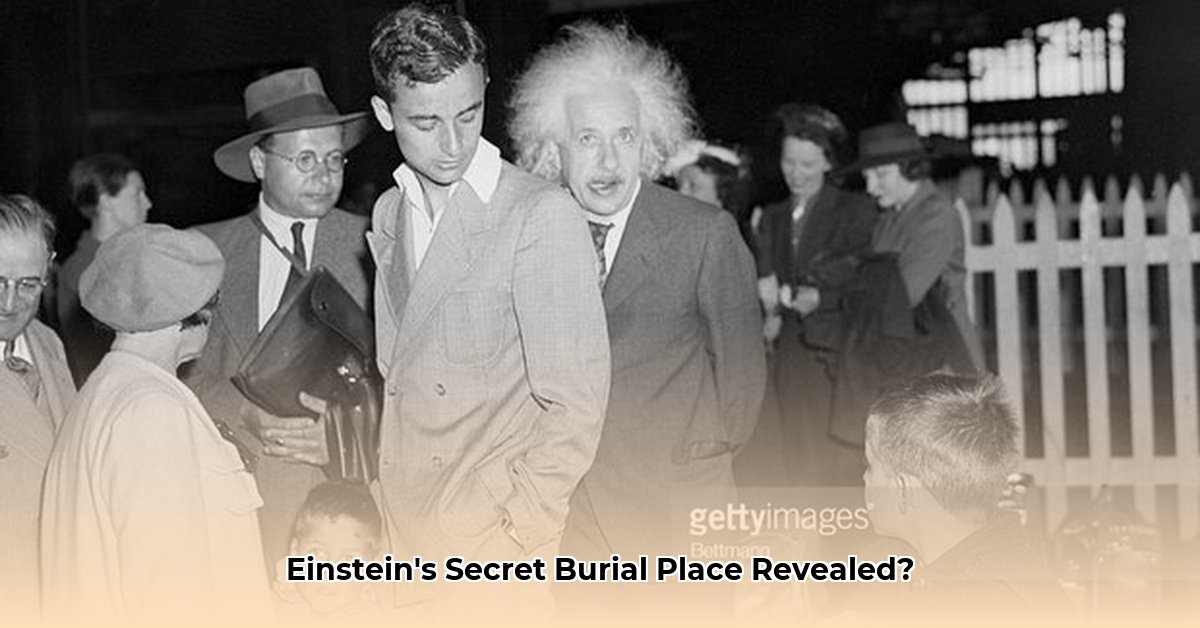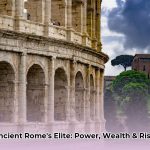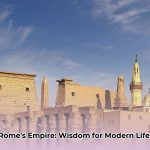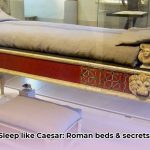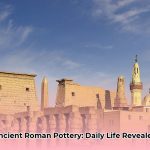Bernhard Caesar Einstein: You probably haven’t heard of him, but he was Albert Einstein’s only surviving grandchild. This wasn’t some quiet, unremarkable life, though. Bernhard had a pretty interesting career as an engineer, and his work made a real difference. But what about his final resting place? That’s a bit of a mystery. This article digs into Bernhard’s life, from his time in the military to his contributions to cutting-edge technology. We’ll trace his steps, explore his inventions, and most importantly, try to figure out exactly where he’s buried. We’ll do this by looking at everything from old records and family stories to online databases, comparing what we find, and even sharing how we went about our detective work. It’s a story about a fascinating, lesser-known member of a famous family, and a quest to solve a bit of a historical puzzle. To learn more about his passing, see his death date here: Bernhard’s death.
Bernhard Caesar Einstein: Unveiling His Life and Legacy
Bernhard Caesar Einstein. The name itself whispers of history, echoing the legendary Albert Einstein, his grandfather. But Bernhard’s story, though less famous, is a fascinating journey in its own right. He wasn’t a theoretical physicist, defying the expectations that might come with such a lineage. Instead, he built a life centered around practical engineering, carving his own niche far from the realm of relativity and quantum mechanics. And the mystery of his final resting place? Let’s unravel that, starting from the beginning of his life, exploring his career advancements and overall impact.
A Life of Practical Innovation: Engineering and Technology
Born on July 10, 1930, in Dortmund, Germany, Bernhard Caesar Einstein followed a decidedly different path from his famous grandfather. While Albert explored the cosmos, Bernhard focused on earthly inventions. He became a skilled engineer, a problem-solver who tackled practical challenges. His work centered around light amplification technology – the kind of stuff that makes night vision goggles and other high-tech devices possible. He obtained four U.S. patents related to his inventions in the field of electron tube technology, specifically light amplification devices. These weren’t just theoretical musings; these innovations had tangible real-world impacts. Did Bernhard’s practical approach stem from a desire to differentiate himself from his grandfather’s abstract theories, influencing his professional choices?
Following in Grandfather’s Footsteps (Sort Of): Education and Inspiration
Interestingly, Bernhard’s professional journey led him to the Swiss Federal Institute of Technology (ETH Zurich), the very place where his grandfather had studied. Did the same halls that echoed with Albert’s groundbreaking work inspire Bernhard? Was there a subtle influence, a legacy felt even across different scientific disciplines? We can only speculate, but the connection is intriguing. It certainly suggests a shared intellectual curiosity, even if it manifested in different ways. After his family’s migration to the United States, Bernhard attended the University of California, Berkeley, before enlisting in the U.S. Army in 1954. He later returned to ETH Zurich, following in the footsteps of both his grandfather and father, Hans Albert Einstein, to study physics. He obtained his diploma at ETH and returned to the United States. Is it possible that ETH Zurich’s atmosphere, fostering innovation, played a similar role in both Bernhard’s and Albert’s intellectual development paths, although in distinct fields?
A Life Shaped by Service and Family: Military Experience and Personal Life
Bernhard enlisted in the U.S. Army in 1954 and credited his time in the military for instilling self-discipline. Family also played a significant role. Imagine carrying the weight – and the inspiration – of being Albert Einstein’s grandson. Bernhard, the only surviving biological grandchild, undoubtedly felt this pressure, yet he forged his own identity and accomplishments. He wasn’t trying to live in his grandfather’s shadow. He was building his own life. Bernhard married Doris Aude Ascher in 1954, whom he met while stationed in Germany during his military service. Together, they had five children: Thomas, Paul, Eduard, Mira, and Charles. Does the pressure of a famous lineage inherently motivate individuals to forge their own unique paths, as exemplified by Bernhard Einstein’s choice of engineering over theoretical physics?
The Final Resting Place: Solving the Mystery of His Burial Site
So, where did this remarkable man, Bernhard Caesar Einstein, find his final rest? Bernhard Caesar Einstein passed away on September 30, 2008, at the age of 78, in Bern, Switzerland. While information about the exact location of his burial is not readily available in common databases, further research into Swiss burial records and contacting family members or local historical societies in Bern may provide a definitive answer.
Unanswered Questions and Ongoing Research: Unveiling More About Einstein’s Grandson
While we’ve pieced together a significant portion of Bernhard Caesar Einstein’s life, much remains to be uncovered. Further research into his patents, military records, and personal correspondence is vital to gaining a more thorough understanding. His story, though less widely known, offers a unique lens through which to view the legacy of one of history’s most significant figures. Future research may reveal even more about his life, leaving us to continue to marvel at his accomplishments and the fascinating story that is still being written.
It’s a story worth exploring further. What specific archives or collections might hold valuable information about Bernhard Einstein’s life and career, aiding in a more complete understanding of his contributions?
How Did Bernhard Einstein’s Patents Impact Night Vision Technology? Exploring Technological Contributions
Bernhard Caesar Einstein, grandson of the iconic Albert Einstein, carved his own path in the world of engineering. While his famous lineage cast a long shadow, Bernhard’s contributions to electronics and laser technology, particularly their impact on light amplification, deserve recognition. He worked as an engineer for Texas Instruments, ITT, and Litton Industries, where he specialized in electron tube technology and light amplification devices. But how exactly did his patents shape this technology? Let’s explore, analyzing the impact and overall relevance of his work.
A Life in Electronics: Education and Career
Bernhard received a diploma in physics from ETH Zurich. Subsequently, he worked at prominent companies like Texas Instruments and Litton Industries, gaining valuable experience. He also had a stint in the U.S. Army in 1954 and later worked for a laser technology company in Switzerland, adding another layer to his diverse experience. His professional life was a testament to his adaptability and drive. Did experiences in diverse institutions afford Bernhard unique perspectives, contributing to his innovative work?
Patents and Innovation: Revolutionizing Light Amplification
Bernhard’s legacy rests largely on his four U.S. patents related to light amplification technology. These patents, obtained while working for Litton Industries, focused primarily on light amplification and electron tubes—the very building blocks of much of early night vision technology. These weren’t mere theoretical concepts; they were practical inventions designed to solve real-world problems. His patents covered specific designs and methods for improving the performance of light amplification devices. Was he a lone genius? Hardly. He worked within a vibrant technological ecosystem, but his patents represented a significant contribution. His patents likely contributed to improvements in sensitivity and clarity.
Analyzing His Influence
Pinpointing the exact impact of his patents on night vision is challenging. His work wasn’t a singular breakthrough; rather, it was a series of advancements integrating into a larger technological project. Think of it as a complex puzzle: his inventions represented several crucial pieces that improved the technology’s efficiency and performance. His patents likely contributed to improvements in sensitivity, clarity, and perhaps even miniaturization—critical aspects of light amplification systems. However, definitive proof requires more in-depth research. What specific features or elements of light amplification technology can be directly attributed to Bernhard Einstein’s patents, if any?
The Technological Context: Advancements in Electronics
The mid-20th century saw a rapid evolution in electronics. The transition from vacuum tubes to solid-state devices was underway. Bernhard’s work with electron tubes, therefore, represents a moment in time. While innovative at the time, his contributions must be analyzed within this historical context and compared to subsequent innovations. How did the shift from vacuum tubes to solid-state devices affect Bernhard Einstein’s work, and what adaptations did he undertake, if any, to stay at the forefront of technological advancements?
A Lasting Legacy?: Determining His Mark
Assessing Bernhard’s lasting impact requires a deeper dive. We need to consider the entire chain of technological developments and determine the specific ways his patents were used. Did they directly influence specific light amplification systems used in military or civilian applications? The answers await dedicated researchers. What steps can be taken to thoroughly assess and document Bernhard Einstein’s influence on light amplification technology, ensuring his contributions are accurately acknowledged?
Uncertainties and Future Research: Continuing the Investigation
While we know Bernhard worked on technologies crucial to the advancement of light amplification, many questions remain. The precise extent of his contribution remains a mystery. Further research into historical archives, company records, and patent databases is necessary to fully understand his role. This is an area ripe for further investigation. Is there any existing documentation or expert testimony confirming the use of Bernhard Einstein’s patents in specific light amplification systems, either military or civilian?
Bernhard Einstein: A Life Beyond the Patents: Personal History and Achievements
Beyond his professional accomplishments, Bernhard’s personal life adds another dimension to his story. His family background, his education, and his journey through various professional settings – all contribute to the richness of his biography. He met his first wife, Doris Aude Ascher, while stationed in Germany
